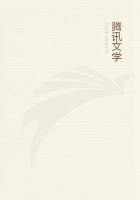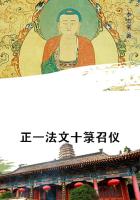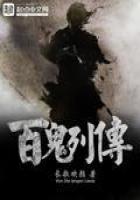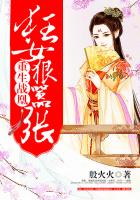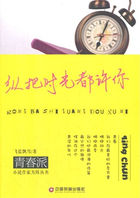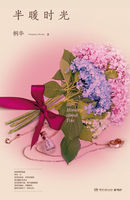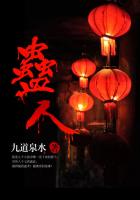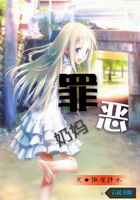On the 4th of January I left Amboyna for Ternate; but two years later, in October 1859, I again visited it after my residence in Menado, and stayed a month in the town in a small house which Ihired for the sake of assorting and packing up a large and varied collection which I had brought with me from North Celebes, Ternate, and Gilolo. I was obliged to do this because the mail steamer would have come the following month by way of Amboyna to Ternate, and I should have been delayed two months before I could have reached the former place. I then paid my first visit to Ceram, and on returning to prepare for my second more complete exploration of that island, I stayed (much against my will) two months at Paso, on the isthmus which connects the two portions of the island of Amboyna. This village is situated on the eastern side of the isthmus, on sandy ground, with a very pleasant view over the sea to the island of Haruka. On the Amboyna side of the isthmus there is a small river which has been continued by a shallow canal to within thirty yards of high-water mark on the other side. Across this small space, which is sandy and but slightly elevated, all small boats and praus can be easily dragged, and all the smaller traffic from Ceram and the islands of Saparúa and Harúka, passes through Paso. The canal is not continued quite through, merely because every spring-tide would throw up just such a sand-bank as now exists.
I had been informed that the fine butterfly Ornithoptera priamus was plentiful here, as well as the racquet-tailed kingfisher and the ring-necked lory. I found, however, that I had missed the time for the former: and birds of all kinds were very scarce, although I obtained a few good ones, including one or two of the above-mentioned rarities. I was much pleased to get here the fine long-armed chafer, Euchirus longimanus. This extraordinary insect is rarely or never captured except when it comes to drink the sap of the sugar palms, where it is found by the natives when they go early in the morning to take away the bamboos which have been filled during the night. For some time one or two were brought me every day, generally alive. They are sluggish insects, and pull themselves lazily along by means of their immense forelegs. Afigure of this and other Moluccan beetles is given in the 27th chapter of this work.
I was kept at Paso by an inflammatory eruption, brought on by the constant attacks of small acari-like harvest-bugs, for which the forests of Ceram are famous, and also by the want of nourishing food while in that island. At one time I was covered with severe boils. I had them on my eye, cheek, armpits, elbows, back, thighs, knees, and ankles, so that I was unable to sit or walk, and had great difficulty in finding a side to lie upon without pain. These continued for some weeks, fresh ones coming out as fast as others got well; but good living and sea baths ultimately cured them.
About the end of January Charles Allen, who had been my assistant in Malacca and Borneo, again joined me on agreement for three years; and as soon as I got tolerably well, we had plenty to do laying in stores and making arrangements for our ensuing campaign. Our greatest difficulty was in obtaining men, but at last we succeeded in getting two each. An Amboyna Christian named Theodorus Watakena, who had been some time with me and had learned to skin birds very well, agreed to go with Allen, as well as a very quiet and industrious lad named Cornelius, whom I had brought from Menado. I had two Amboynese, named Petrus Rehatta, and Mesach Matahena; the latter of whom had two brothers, named respectively Shadrach and Abednego, in accordance with the usual custom among these people of giving only Scripture names to their children.
During the time I resided in this place, I enjoyed a luxury I have never met with either before or since--the true bread-fruit. Agood deal of it has been planted about here and in the surrounding villages, and almost everyday we had opportunities of purchasing some, as all the boats going to Amboyna were unloaded just opposite my door to be dragged across the isthmus.
Though it grows in several other parts of the Archipelago, it is nowhere abundant, and the season for it only lasts a short time.
It is baked entire in the hot embers, and the inside scooped out with a spoon. I compared it to Yorkshire pudding; Charles Allen said it was like mashed potatoes and milk. It is generally about the size of a melon, a little fibrous towards the centre, but everywhere else quite smooth and puddingy, something in consistence between yeast-dumplings and batter-pudding. We sometimes made curry or stew of it, or fried it in slices; but it is no way so good as simply baked. It may be eaten sweet or savory. With meat and gravy it is a vegetable superior to any Iknow, either in temperate or tropical countries. With sugar, milk, butter, or treacle, it is a delicious pudding, having a very slight and delicate but characteristic flavour, which, like that of good bread and potatoes, one never gets tired of. The reason why it is comparatively scarce is that it is a fruit of which the seeds are entirely aborted by cultivation, and the tree can therefore only be propagated by cuttings. The seed-bearing variety is common all over the tropics, and though the seeds are very good eating, resembling chestnuts, the fruit is quite worthless as a vegetable. Now that steam and Ward's cases render the transport of young plants so easy, it is much to be wished that the best varieties of this unequalled vegetable should be introduced into our West India islands, and largely propagated there. As the fruit will keep some time after being gathered, we might then be able to obtain this tropical luxury in Covent Garden Market.
Although the few months I at various times spent in Amboyna were not altogether very profitable to me in the way of collections, it will always remain as a bright spot in the review of my Eastern travels, since it was there that I first made the acquaintance of those glorious birds and insects which render the Moluccas classic ground in the eyes of the naturalist, and characterise its fauna as one of the most remarkable and beautiful upon the globe. On the 20th of February I finally quitted Amboyna for Ceram and Waigiou, leaving Charles Allen to go by a Government boat to Wahai on the north coast of Ceram, and thence to the unexplored island of Mysol.
The Malay Archipelago by Alfred Russell Wallace

